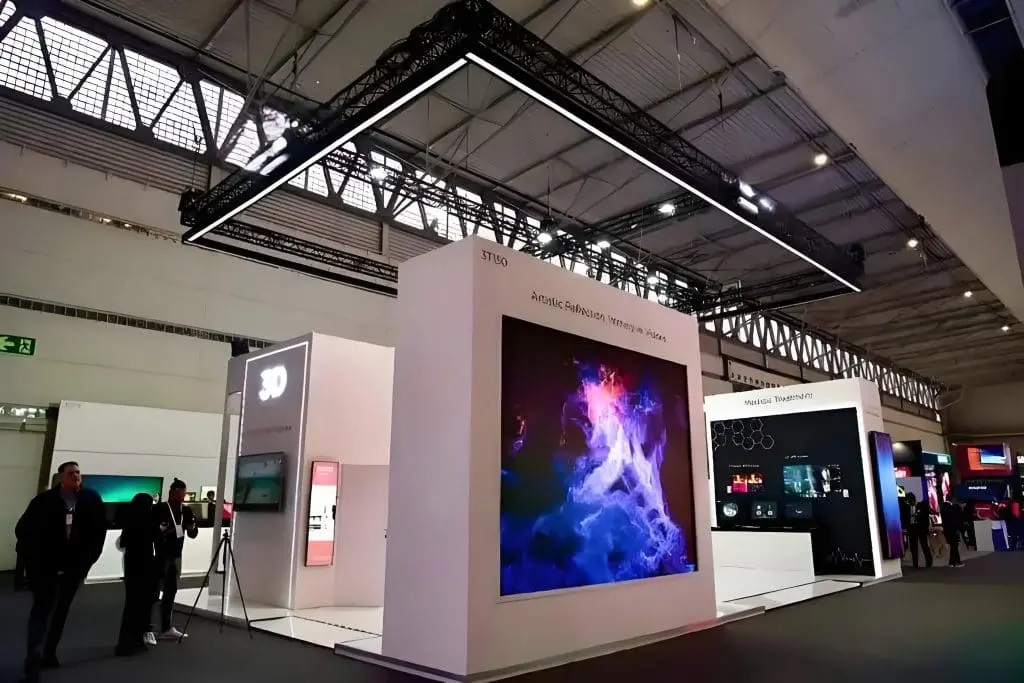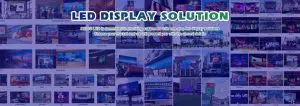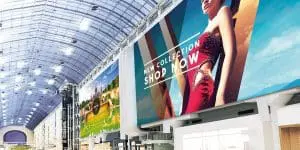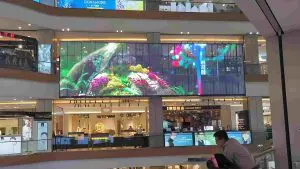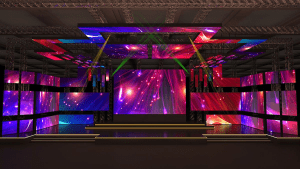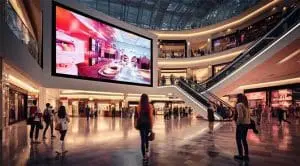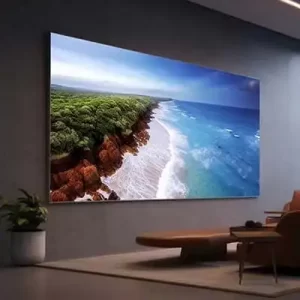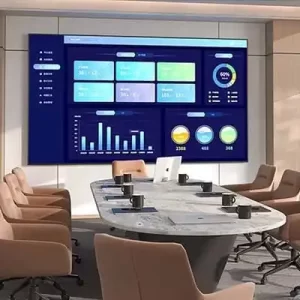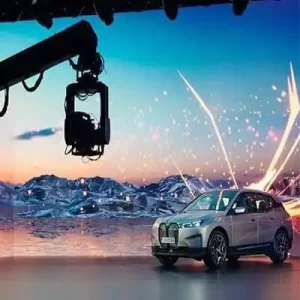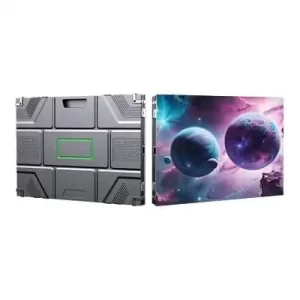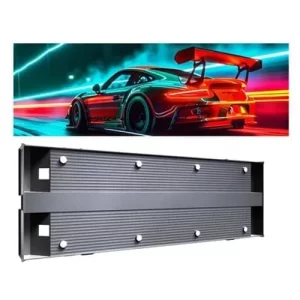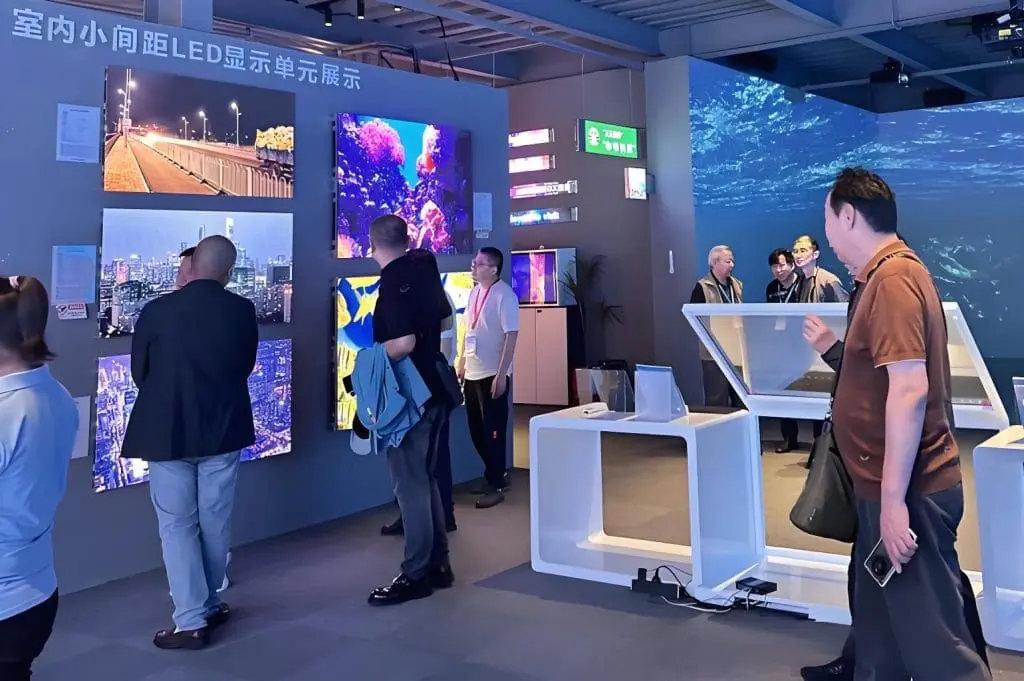
An exhibition LED screen is a powerful tool for creating captivating visual experiences at trade shows, expos, and events. With their vibrant displays, high resolution, and ability to showcase dynamic content, LED screens are essential for businesses looking to stand out in crowded exhibition halls. Whether used for presentations, product demos, or interactive displays, they offer unmatched flexibility and leave a lasting impression on attendees.
This guide explores the benefits, features, and applications of LED screens in exhibitions and provides insights into choosing the right display for your next event.
Why Use LED Screens for Exhibitions?
Exhibitions are highly competitive environments where businesses vie for the attention of potential clients and partners. LED screens give exhibitors a competitive edge by providing:
1. High-Impact Visuals
- Vivid Colors and Brightness: LED screens deliver stunning visuals that grab attention, even in brightly lit exhibition halls.
- High Resolution: From Full HD to 4K, LED screens ensure sharp and clear visuals for presentations, videos, and product displays.
2. Dynamic Content Display
- Showcase videos, animations, live feeds, and real-time data to engage attendees.
- Rotate content easily to highlight multiple products, services, or brand messages.
3. Versatility
- Available in various sizes and configurations, LED screens can be tailored to fit any booth design, from small kiosks to large-scale installations.
- Can be used as backdrops, freestanding displays, or even interactive touchscreens.
4. Portability and Easy Setup
- Modular LED screens are lightweight and easy to assemble, making them ideal for quick installations at exhibitions.
- Many models are designed for easy transport and reconfiguration, allowing businesses to reuse them across multiple events.
5. Engaging Interactivity
- Touch-enabled LED screens allow visitors to explore products, navigate catalogs, or participate in interactive experiences.
- Gamification elements, such as quizzes or virtual reality integrations, can further enhance engagement.
Key Features of Exhibition LED Screen
When selecting an LED screen for your exhibition booth, consider the following features:
1. Screen Size and Configuration
- Small Screens (55–60 inches): Ideal for kiosks or small booths showcasing limited content.
- Medium Screens (65–100 inches): Perfect for standard exhibition booths to display videos and presentations.
- Large Screens (120+ inches or Video Walls): Suitable for creating immersive booth backdrops or attracting attention from across the hall.
2. Pixel Pitch
Pixel pitch determines the resolution and clarity of the screen. A smaller pixel pitch means higher resolution, which is essential for close viewing.
- P1.5–P3: Ideal for small booths or close viewing distances (1–5 meters).
- P4–P6: Suitable for medium-sized displays with viewing distances of 5–10 meters.
- P8+: Best for large displays or content viewed from over 10 meters away.
3. Brightness
Exhibition halls are often brightly lit, so LED screens must have high brightness levels to remain visible.
- Indoor LED Screens: Brightness levels of 800–1,500 nits are sufficient.
- Outdoor LED Screens: Require brightness of 2,000–5,000 nits to combat sunlight or glare.
4. Modular Design
- Modular LED panels allow you to customize the size and layout of your screen to fit your booth design.
- They also make assembly and transportation easier.
5. Connectivity Options
- Ensure the screen supports multiple input types, such as HDMI, USB, DisplayPort, and wireless casting.
- Compatibility with devices like laptops, media players, and smartphones is essential for seamless content sharing.
6. Portability and Durability
- Look for lightweight, portable screens that are easy to transport between events.
- Rugged designs with protective casings ensure durability in high-traffic environments.
7. Interactive Capabilities
- Touchscreen-enabled LED screens allow attendees to interact with your content, browse catalogs, or explore virtual product demonstrations.
Benefits of Using LED Screens at Exhibitions
1. Attract More Visitors
LED screens immediately capture attention with their vibrant visuals and dynamic content, driving more foot traffic to your booth.
2. Enhance Brand Visibility
- Showcase your brand message, logo, and products in an eye-catching way.
- Use video walls or large displays to make your booth stand out from competitors.
3. Improve Engagement
Interactive LED screens encourage visitors to engage with your booth, explore your offerings, and spend more time learning about your brand.
4. Showcase Multiple Messages
With LED screens, you can cycle through multiple pieces of content, such as video ads, product demos, and customer testimonials. This ensures you communicate effectively with different audience segments.
5. Reusability
Investing in a high-quality LED screen allows you to reuse it across multiple exhibitions, making it a cost-effective solution in the long term.
Applications of LED Screens in Exhibitions
1. Product Demonstrations
- Use LED screens to showcase product features and benefits through videos, animations, or live demos.
- Interactive touchscreens allow visitors to explore product catalogs independently.
2. Live Presentations
- Deliver impactful presentations with high-resolution visuals that keep the audience engaged.
- Integrate LED screens with microphones and sound systems for a professional setup.
3. Brand Storytelling
- Highlight your company’s journey, values, and achievements through engaging videos or animations.
- Use LED walls as immersive backdrops for storytelling.
4. Social Media Displays
- Stream social media feeds, hashtags, or user-generated content in real time to create a buzz around your booth.
5. Gamification
- Add interactive games or contests on touch-enabled screens to attract and entertain visitors.
- Reward participants with branded giveaways to boost brand recall.
How to Choose the Right LED Screen for Your Exhibition
1. Define Your Goals
- Do you want to attract attention, showcase products, or engage visitors?
- Your goals will determine the type, size, and features of the LED screen you need.
2. Match Screen Size to Booth Size
- For small booths, a standard monitor-sized LED screen (32–55 inches) may suffice.
- Larger booths may benefit from video walls or multiple medium-sized screens.
3. Consider Viewing Distance
- Choose a pixel pitch based on how close visitors will be to the screen. Smaller pixel pitches are better for up-close viewing.
4. Focus on Content Compatibility
- Ensure the LED screen supports the media formats you plan to use, such as videos, slideshows, or real-time feeds.
5. Plan for Portability and Setup
- Modular designs and lightweight screens are ideal for exhibitors who frequently move between events.
- Check for ease of installation and dismantling.
6. Budget
- Entry-level LED screens (small size, Full HD): $2,000–$5,000.
- Mid-range (medium size, 4K resolution): $5,000–$15,000.
- High-end (large size, advanced features): $20,000+.









